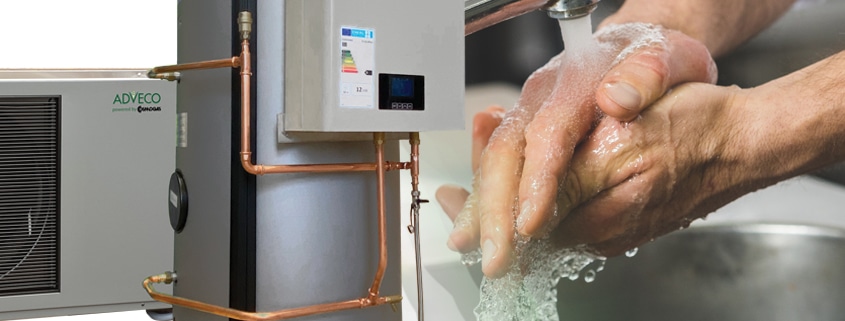Restaurant Virtually Eliminates Limescale With Electric Water Heating Application
Commercial hot water specialist Adveco has demonstrated how a restaurant virtually eliminates limescale from its hot water application to ensure business-critical daily operation. Adveco is working in partnership with a global restaurant brand to support the rollout of net zero restaurants demonstrating low-emission innovations throughout its chain of UK drive-through and high street franchises. Through … Read more






















